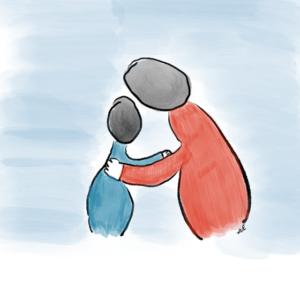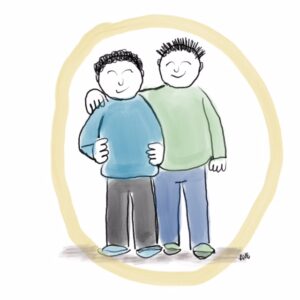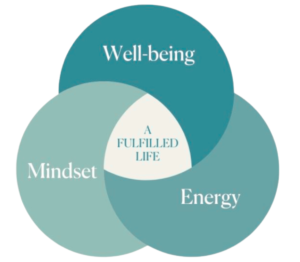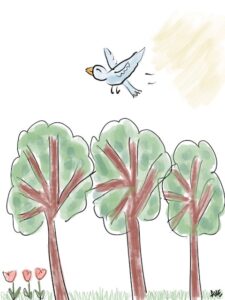
In a recent meeting with a group of executive coaches, a fellow coach raised an intriguing question: “How do you work with leaders who are not empathetic or caring?”
This is a common challenge. Many leaders, despite their exceptional intelligence and capability, often find it a struggle to inspire and engage their teams effectively. Team members often report feeling uncared for or misunderstood by such leaders. They may describe their work environment as stressful, sometimes even expressing fear of their bosses. The perception is that the leader prioritizes goals and productivity over people.
Understanding the Pressure on Leaders
In my experience coaching numerous leaders, I’ve found that many feel immense pressure to meet goals. These leaders often default to behaviors that secured their roles initially—focusing intently and working harder, inadvertently driving their teams to do the same. This relentless focus on results can overshadow the human element, leading to disengagement among team members.
The Role of Feedback in Executive Coaching
A critical component of the executive coaching process involves gathering feedback from those who work with the leader. The insights can be eye-opening, prompting leaders to reflect and reassess their interaction styles. It becomes apparent that emotional intelligence is crucial in today’s leadership landscape. The traditional command and control style has fallen out of favor, replaced by a need for more emotionally intelligent approaches.
Empathy as a Transformative Tool
I shared with my fellow coaches that one of the most effective ways to encourage leaders to be more empathetic is to extend empathy to them. Allowing leaders to experience being understood and cared for can be transformative. This approach has significantly impacted many executives and participants in my leadership courses. Often, participants seek the right words to engage a disengaged team member. While their instinct might resist curiosity and empathy, past experiences of admonishments and discussions that don’t yield results urge them to consider a different approach.
When leaders receive authentic, non-judgmental empathy about their frustrations and distress, they tend to relax, become more open to options, and consider new possibilities. Empathy helps calm the limbic system, allowing the pre-frontal cortex to engage more fully, enhancing problem-solving and creativity.
Inspiring Empathy and Caring in Leaders
So, how do you inspire someone to be more caring and empathetic? It starts with embodying genuine care and listening with empathy to the leader. Real empathy can be transforming. Often, leaders who seem uncaring do not receive enough empathy because they are perceived as not needing or deserving it, which is unfortunate. Everyone deserves empathy. It’s important to remember that acknowledgment, which is recognizing and validating someone’s feelings, is not the same as agreement, which is endorsing or accepting those feelings; it simply affirms one’s feelings.
The Impact of Empathetic Leadership
Leaders I have worked with who focus on being more open, empathetic, and caring generally lead high-performing teams and experience greater fulfillment. This approach fosters a positive work environment where team members feel valued and understood, ultimately driving better performance and satisfaction.
Have you encountered leaders who successfully transformed their leadership style to be more caring and empathetic? What triggered this change?
Have you modified your leadership approach? If so, what supported your shift?
I invite your thoughts on this topic and encourage further discussion on how we can collectively inspire more empathetic leadership.









